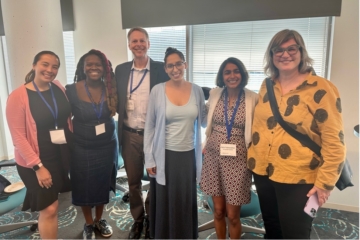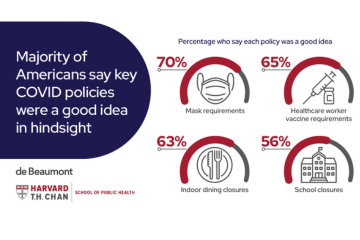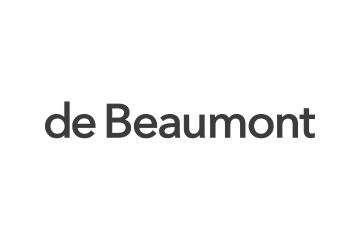Since the Public Health Workforce Interests and Needs Survey (PH WINS) was first fielded in 2014, public health agencies have used its data to better understand their strengths and challenges. For example, by gaining insight into what is needed to support their staff and keep them on longer, managers have been able to improve recruitment and retention.
PH WINS has also been used as a means of storytelling. Each survey provides a wealth of information that helps people in the field and others better understand the work of governmental public health. And now more than ever, we need to hear the stories of public health to garner support for long-term investments in the workforce. The COVID-19 pandemic has underscored the immense roles of public health workers as first responders, community coordinators, and critical decision-makers, tirelessly working on the ground to keep their communities safe and healthy.
That’s why we’ve created an interactive visualization of the PH WINS results that allows you to find the precise information you need. We hope that by offering the data in this way, we can make PH WINS a more useful resource for public health professionals, advocates, practitioners, policymakers, and journalists.
What Does the Data Visualization Offer?
The data visualization provides an engaging format to take in all the information PH WINS has to offer, putting you in control of how you explore the data. You can view and sort the information in any order and at any pace.

- Demographic data
- Retention trends by demographics
- Reasons for leaving
- Employee satisfaction
- Employee perceptions
How Can You Use the Data Visualization?
No matter your background or knowledge of public health, the PH WINS data visualization can help you understand who the government public health workforce is and the challenges they face. Journalists and others can use the visualization to make data more engaging to lay audiences. Practitioners can easily present information to policymakers when advocating for increased funding and support. And for anyone who’s unfamiliar with the public health workforce, the data visualization provides a user-friendly introduction to these topics.
These are just a few examples of how users may benefit from the data visualization. Let us know your thoughts — what would make the visualization more useful to your own work, advocacy, or education? Send your ideas to Moriah Robins at [email protected]. We look forward to hearing from you.




